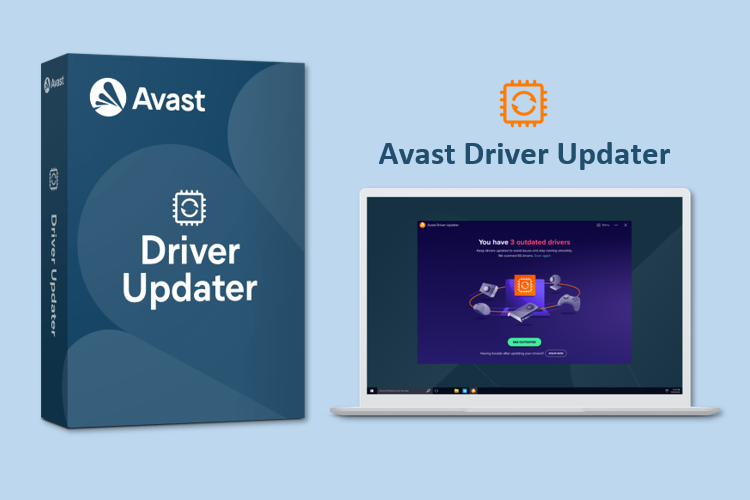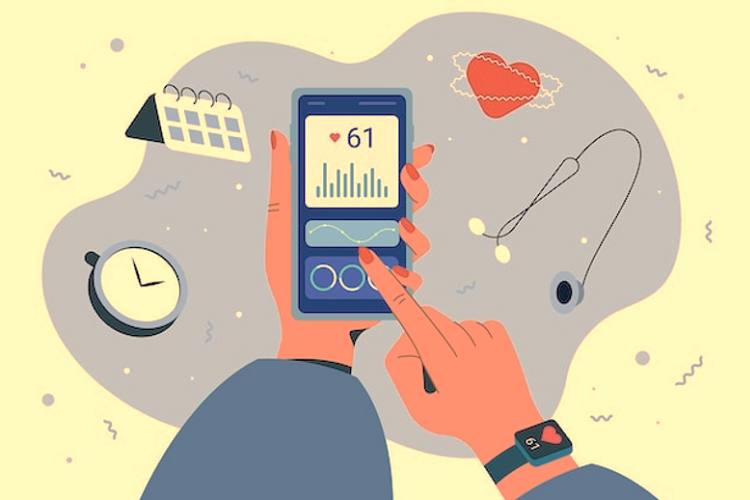Prototype is the process of creating a preliminary design to test it. It’s a key strategy in all fields of invention and design.
The prototyping process allows for an analysis of potential risks, a better understanding of how something works, and more time to revise your plan. This blog will help you understand this process.
What is a Prototype?
A prototype is a simple model used to test a design concept.
While only the most rudimentary parts of your invention may resemble the finished product, this preliminary model is necessary to ensure that all of the core elements work together.
Few Benefits of Prototyping
It Helps Solve Problems Early
It’s enough to build a simple prototype or model to test the functionality, but more than that, it can save time and money by finding flaws in your design early – when they are easier to fix.
It’s Faster Than Building The Finished Product
Because it doesn’t need to be 100% accurate, you can build in less time than it would take to build the actual product. This means you can get valuable feedback about the product earlier than ever before.
It Can Save a Lot of Money
Building a prototype costs less than building the finished product. The amount of time and money saved is often enough to pay for its costs.
Types of Prototypes
Low-Fidelity Prototypes
A low-fidelity prototype is typically made out of inexpensive materials such as cardboard or foam board. It is quick and easy to make and does not necessarily resemble the final product in appearance, function, operation, or feel.
Medium-Fidelity Prototypes
A medium-fidelity prototype is made closer to the final product but still very basic and straightforward. This type of prototype can be an excellent way to test the functionality of your product.
High-Fidelity Prototypes
A high-fidelity prototype is made with materials very similar to those used in the final product and may even work exactly like the finished design. This type of prototype can help communicate the final design to others to get their feedback.
Rejected Prototypes
Several prototypes are rarely enough for testing and redesigning your product or service. You will end up with some useless designs and products. This is why you should also include your rejected prototypes in your design process as a way to improve your product or service.
Best Practices
Get Started Early
The sooner you begin the prototyping process, the better. Some products need several prototypes before they work correctly and meet your required specifications.
Do It Yourself
Some people may be tempted to pay someone else to do the process for them, but this is not always the best option. First, it is way too expensive, and second, you would miss out on valuable feedback and information.
Test Everything
You need to test the main concept of your design, and you should check if it meets the expectations of your target audience. This task can be very time-consuming and challenging, especially when you know that the technology is not ready.
Don’t Give Up
If one prototype doesn’t work out the way you intended, you should take it as a valuable learning experience and try again. You can improve your design with every new prototype that you create.
How to design better human-friendly interfaces?
In terms of user experience and aesthetics, you should understand that prototypes are essential for your product’s visual design and usability.
You must consider an aspect that may not be obvious to end-users, such as product weight or function, to produce a successful design. For example, a prototype can help you get a clear idea of the size and texture of the product so you can improve the user interface.
Conclusion
Prototyping is a key part of the design process, and it’s a powerful tool for your product development. It’s also the best way to get feedback from target users. The most important thing to remember is that it’s not just about creating a model and showing it to someone else. Instead, you should conduct proper tests of your product to get the real feedback you need.




